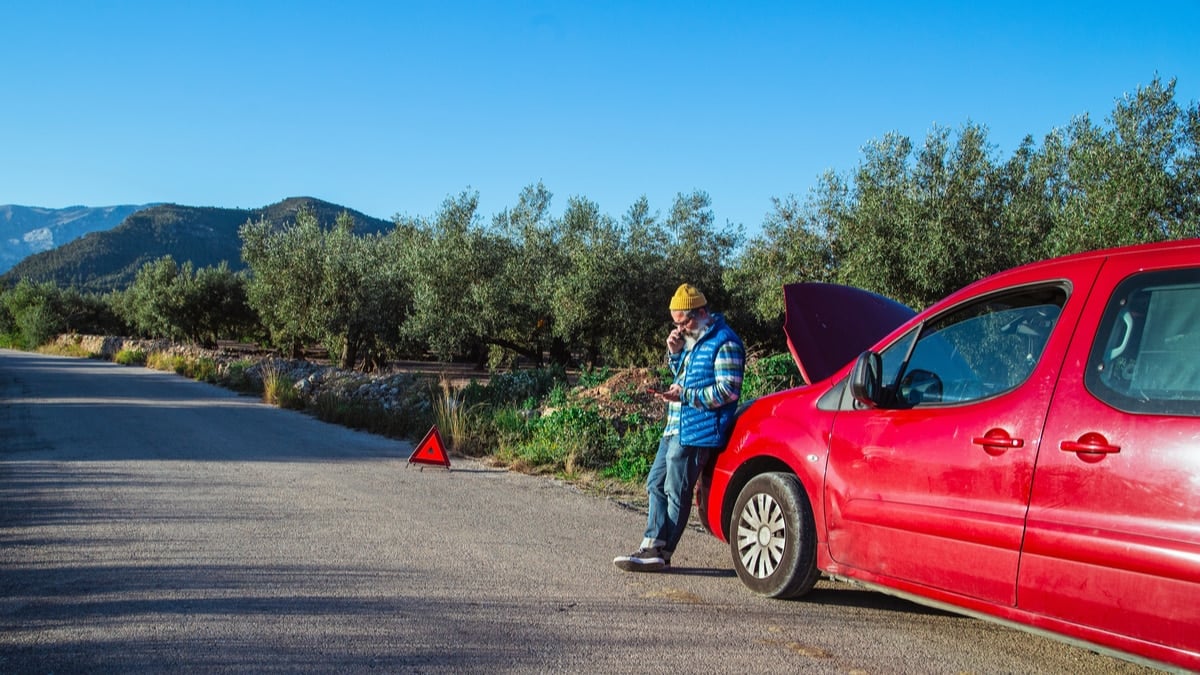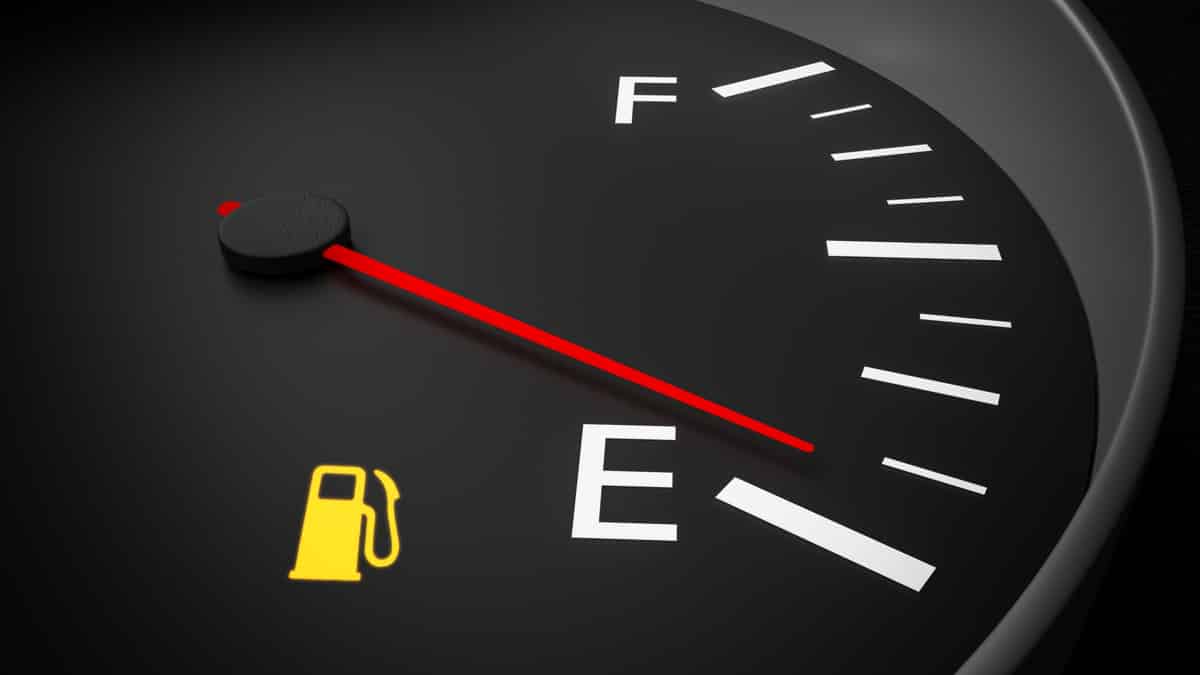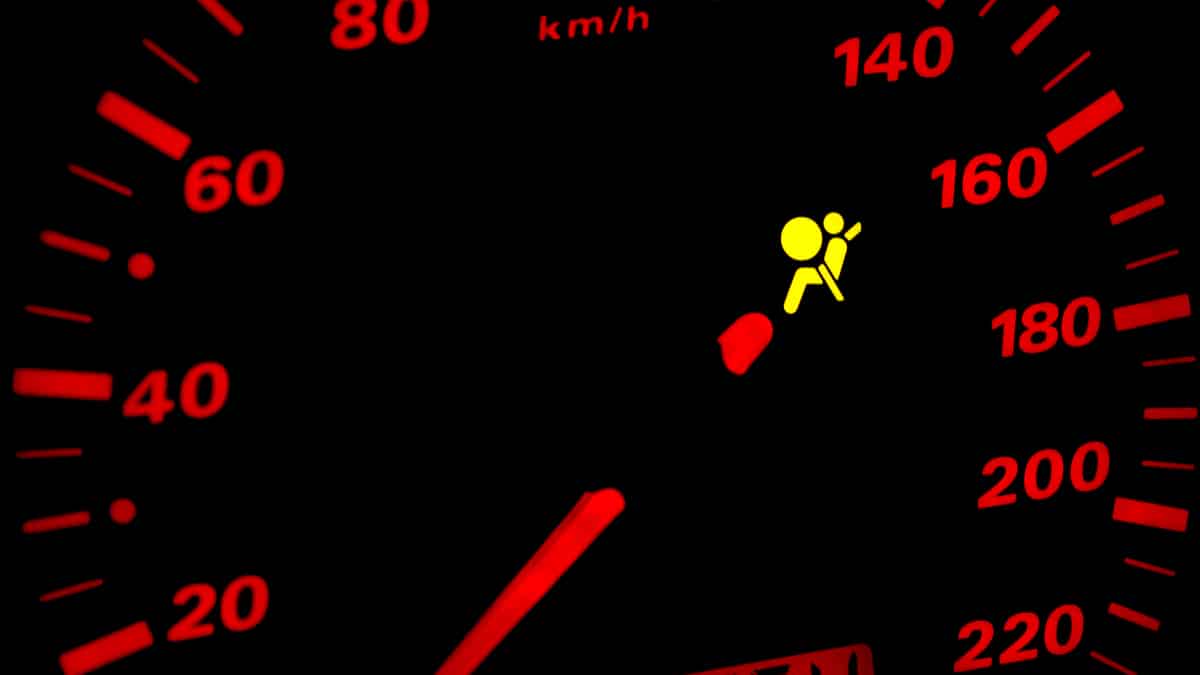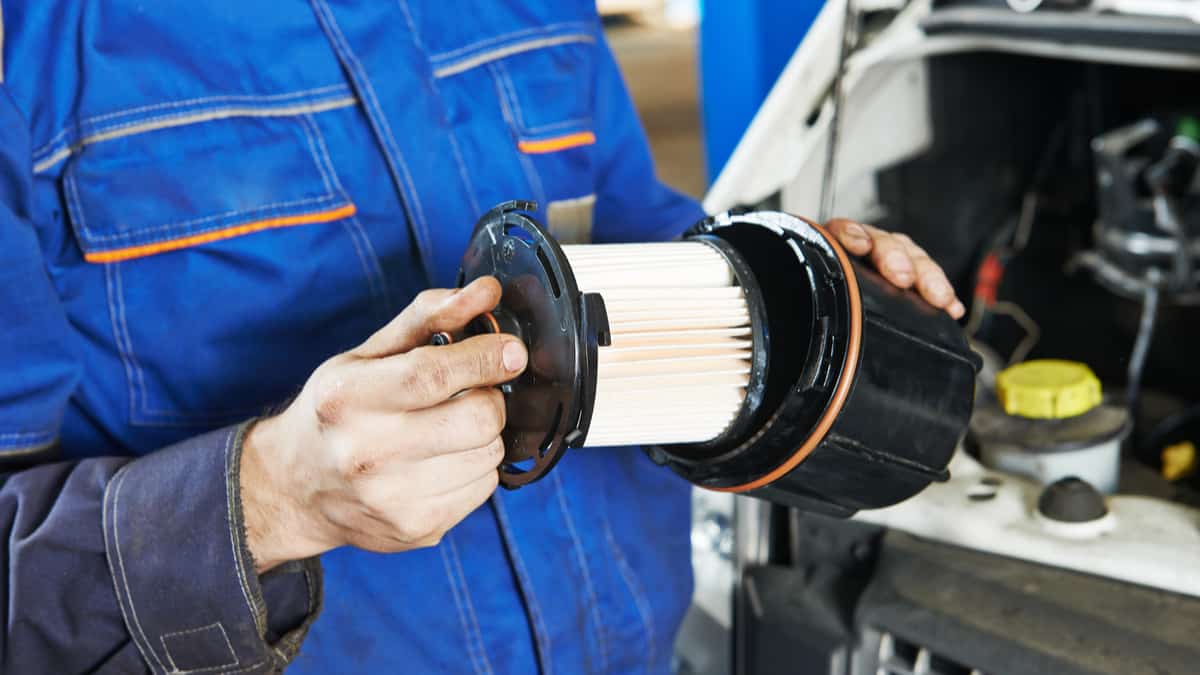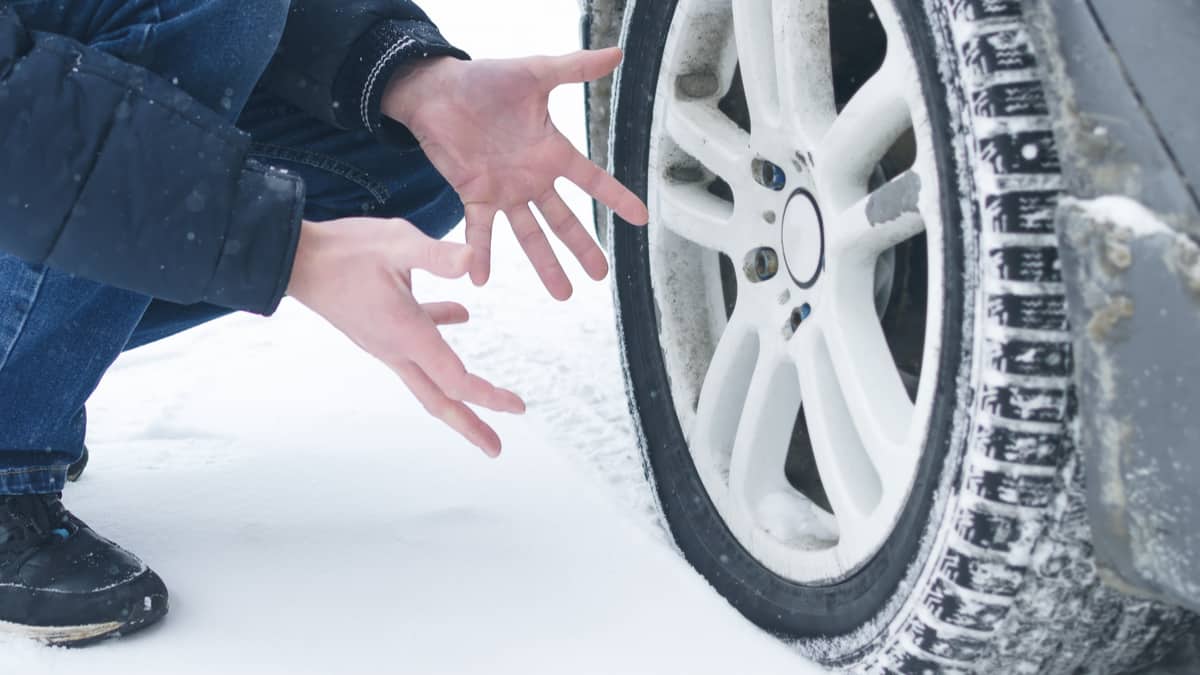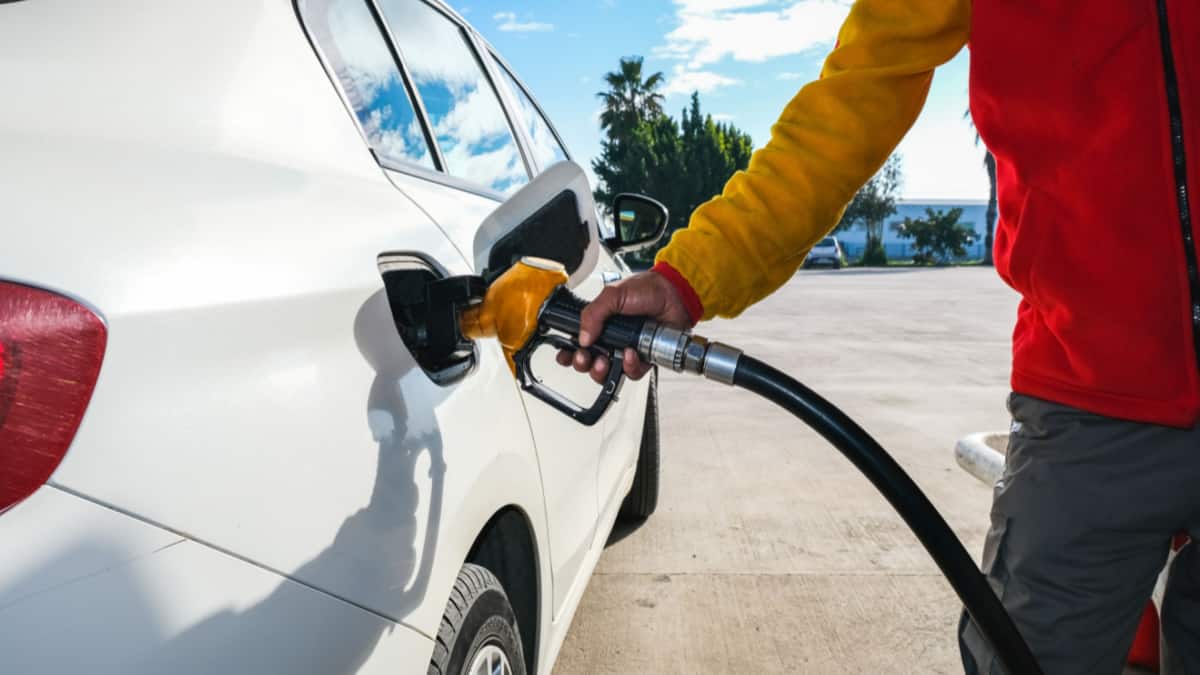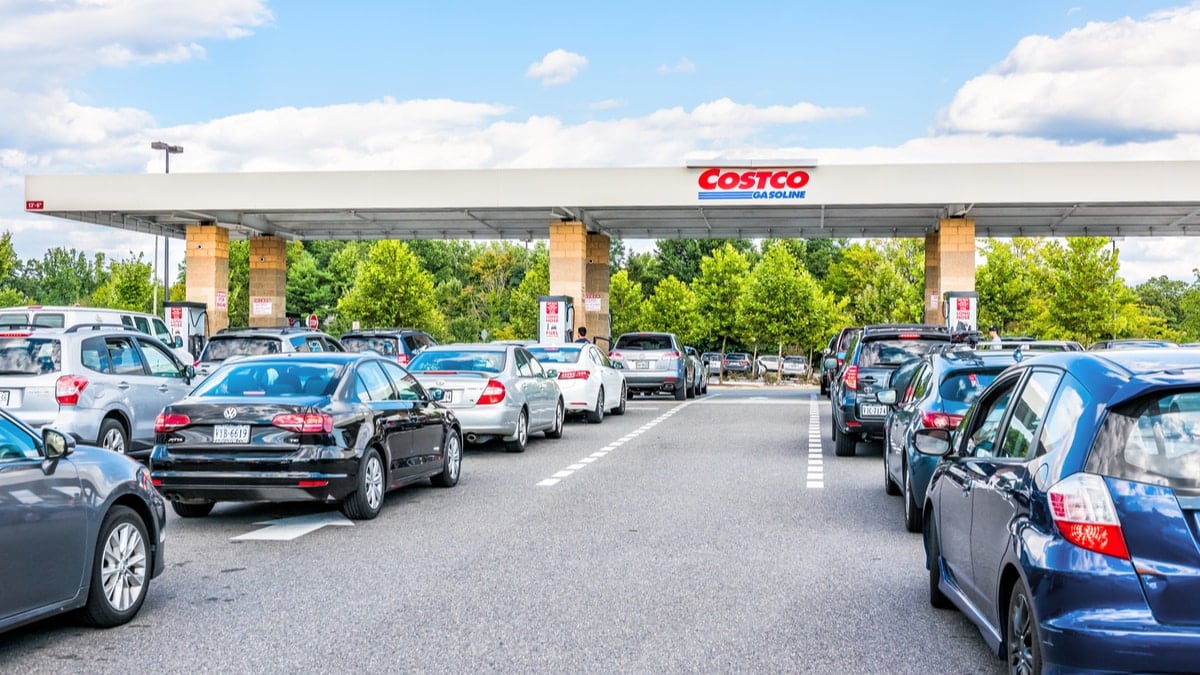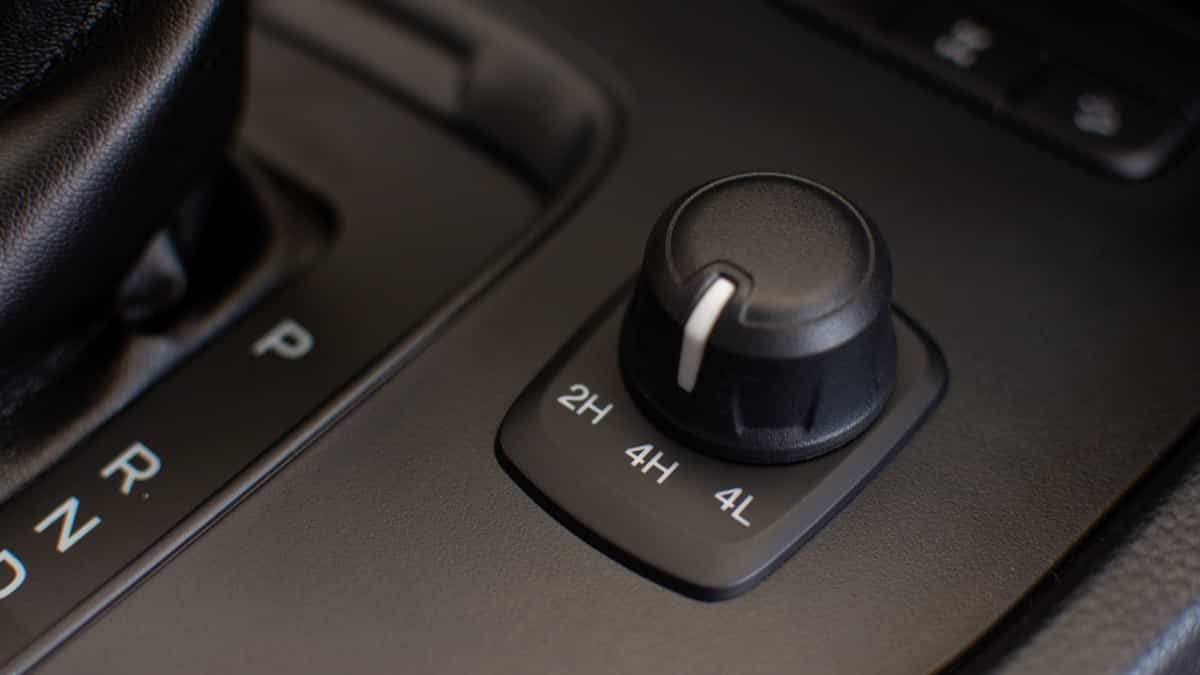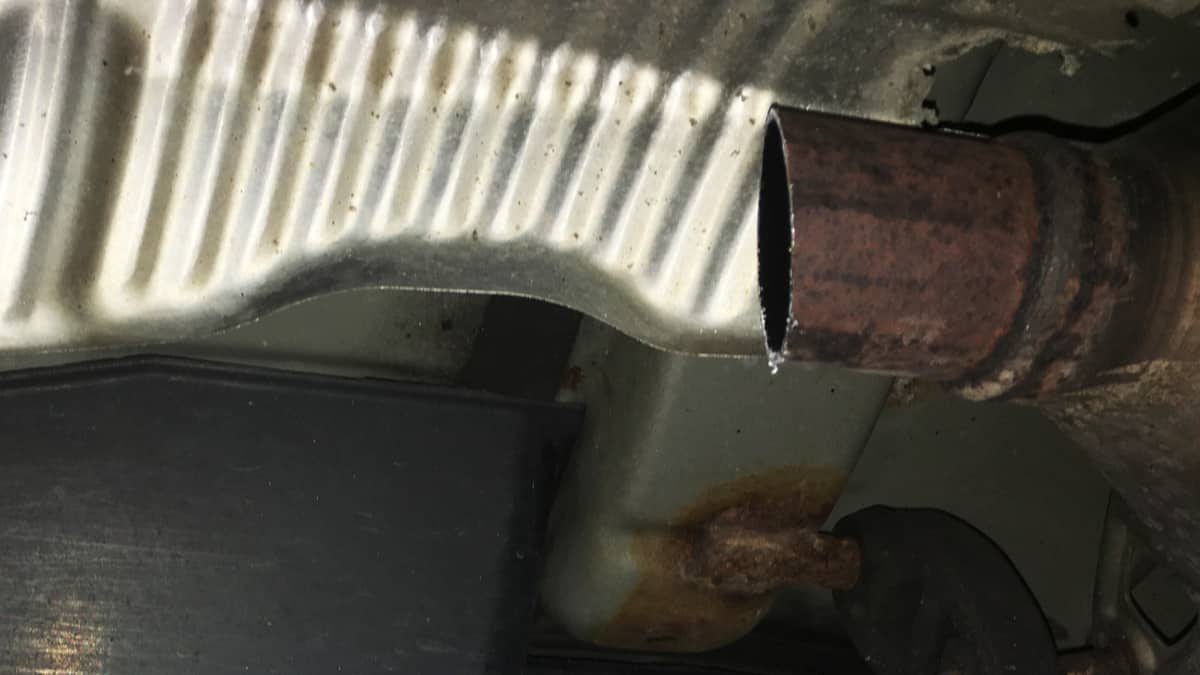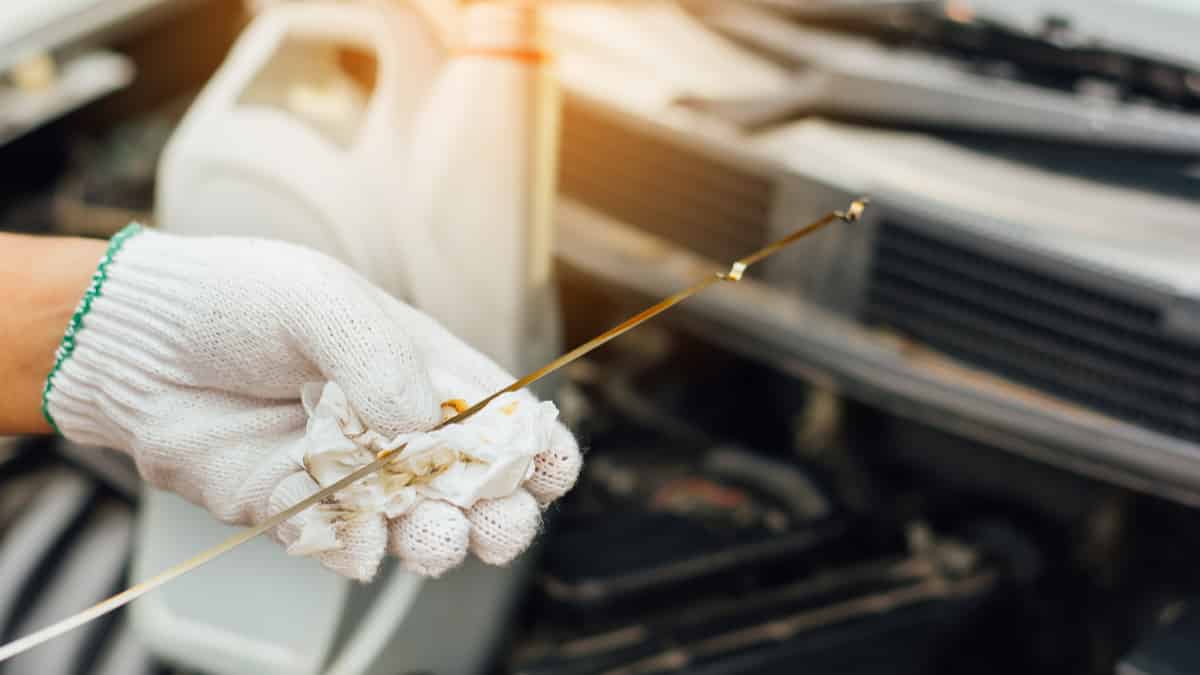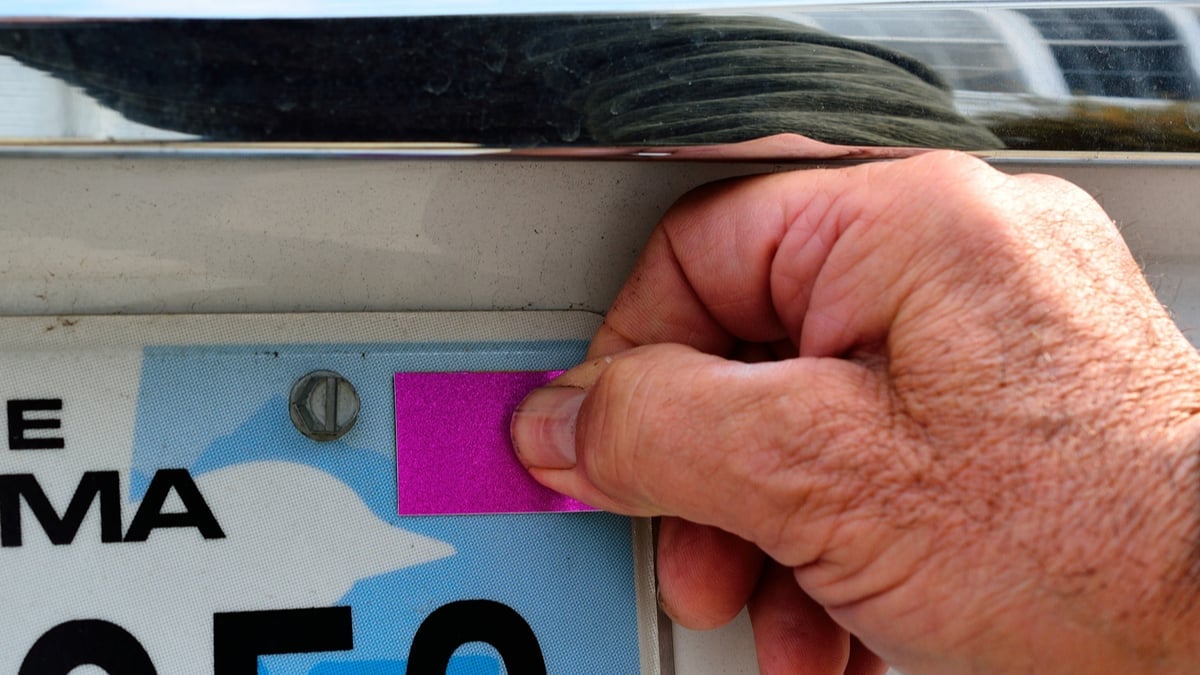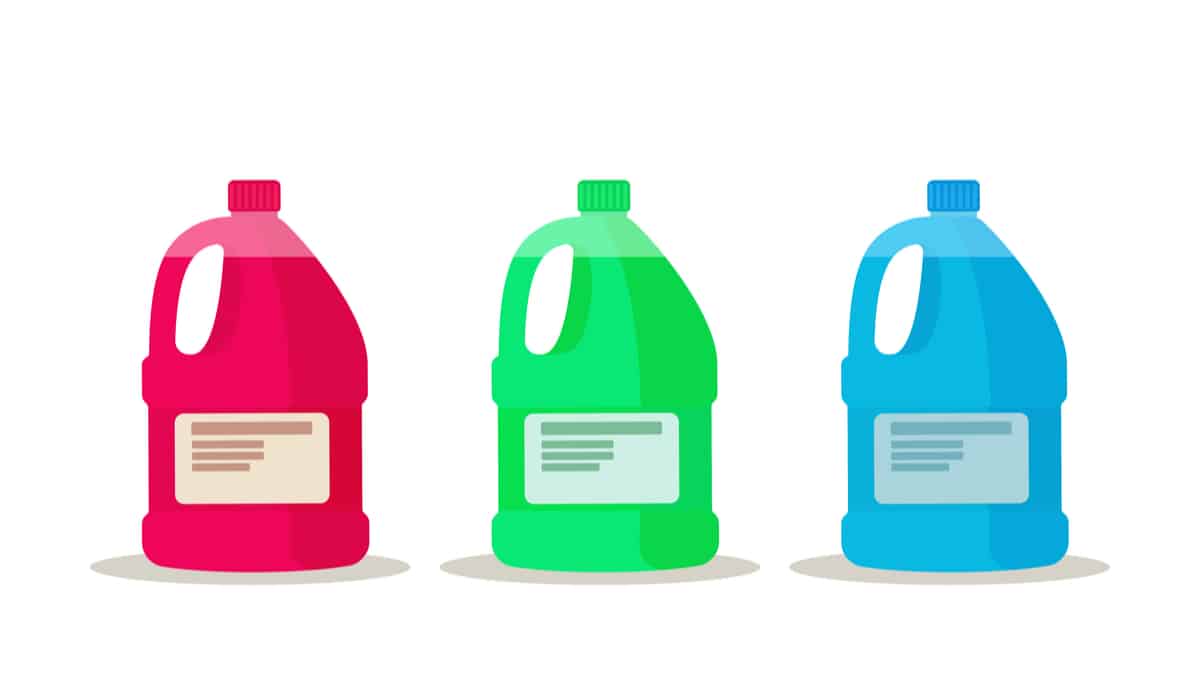We’ve all waited too long to get fuel before, so it’s not uncommon to see the gas light reminder come on the dashboard. When this light comes on and the gas gauge says empty, how far can you drive on empty before you run out of fuel?
In this guide, we touch on how far your car might go once the tank is empty. We also look at why you should always have fuel in the tank.
How Many Miles Can You Drive on Empty?
When it says empty on your dashboard, you may have 30 to 50 more miles to go, depending on the type of vehicle you drive. Your vehicle will tell you before the tank is actually empty. Once the warning light comes on, you still have time to get fuel before you are stranded.
Many fuel-efficient cars can drive another hundred miles once the low fuel light illuminates, whereas a truck may only have thirty miles left in it. To figure out how much time you have, you would need to know the size of the fuel tank and understand at what point the light comes on. It also depends on whether you are driving at low speed or at higher speeds on highways.
Once you know this, you should get a general idea of how much further you could drive by factoring in the average gas mileage for your vehicle. You can also check your owner’s manual if you can find any approximations for your car model.
The numbers show that the average Chevrolet Silverado will go 33 miles past empty, while the Volkswagen Jetta can drive 43 miles more before running out and Toyota Corolla has an average range of around 47 miles. This all depends on engine type/year model but it’s a good estimate!
However, there will come a time when the car actually runs out of gas, especially if you don’t pay attention to this warning light. That’s why you should always take it seriously when the light comes on.
RELATED: How Far Can You Drive After the Gas Light Turns On?
What To Do When You Run Out of Gas
1. Be Safe
Once you realize the gas tank is completely empty, you need to pull over. However, you shouldn’t just stop the car anywhere. It’s important that you park in a location that’s safe.
Turn on your hazard lights and get as far off of the road as possible. If it is nighttime, you want to park in a well-lit area whenever possible. If you have reflective triangles to signify that the car is broken down, get these out and place them behind the vehicle.
2. Call Roadside Assistance
If you have a roadside assistance plan, now is the time to use it. They will bring you a tank of fuel, so you can get to the nearest gas station.
If you don’t have roadside assistance, maybe you can enlist the help of a family member or friend. The safest place for you to be is inside your locked car while you wait for help.
3. Go to Nearest Station
If all else fails, you might need to walk to a gas station. Most fuel stations will have empty containers you can purchase, although they aren’t usually cheap.
Buy an approved container and fill it up. Walk it back to the car and get driving once again. Don’t forget to stop and fill up after you get that small amount put in the tank.
Reasons Not to Drive with Low Fuel
1. Damage to Fuel Pump
The biggest reason why there should always be fuel in the tank is to protect the pump. Whenever the tank gets to be ¼ full, the pump can endure abuse that will cause it to eventually fail. You don’t want to need a new fuel pump because it can be a bear to replace.
In most cases, the tank has to be removed to get to the pump. With this, you will also need to drain the tank of the fuel. If you can’t do it yourself, you are looking at a hefty labor charge. Overall, it costs much less to keep the tank filled, so the pump remains protected.
2. Engine Sediment Buildup
It doesn’t matter if you use top-tier gasoline or you buy the cheap stuff, all of it contains some level of sediment and contaminants, although some more than others. Most of this sediment sits at the bottom of your fuel tank, so it isn’t normally a major issue.
However, as the tank runs dry, the sediment can be pumped into the engine. As this occurs, you are allowing damage to the engine, which is an even more expensive problem.
3. Clogged Fuel Filter
Remember that sediment and debris that we just discussed? Before it gets into the engine, it has to go through the fuel filter. Some of it could get by, but a lot of it is going to get trapped. Changing the fuel filter isn’t an expensive repair, but who wants to perform unnecessary maintenance before it’s due?
If the filter becomes completely clogged, you might have trouble getting the engine started. There will also be less power, causing trouble when you step down on the accelerator. Additionally, the engine could misfire and the idle could get rough.
RELATED: 5 Symptoms of a Clogged Fuel Filter (& Replacement Cost)
4. Corrosion of the Fuel Injection System
If fuel levels drop, condensation is going to occur. This added moisture, combined with any temperature fluctuation, can start a chain reaction that leads to corrosion. The last thing you want to deal with is corrosion in the fuel injectors.
If this problem happens, your engine won’t run as it should. Additionally, replacing fuel injectors is never fun or cheap due to the high mechanic labor rates. It’s always better to protect it than fix it.
5 Simple Ways to Save Money on Gas
1. Use Gas Apps
If you aren’t loyal to a specific location, you can always find the best deal in town. With one of the top gas apps, such as Waze or GasBuddy, it’s easy to see who currently offers the best price. Check the route before you leave so you know where to stop.
By getting gas before you need it, you can save a lot of money because you have some flexibility. However, just be careful that you don’t drive too far to save a few cents. You could end up spending all of that savings by sitting in traffic or adding on extra miles.
2. Use Regular Grade
There are some cars that require premium fuel. If yours does, this situation won’t apply to you. In all other situations, it’s best to use regular-grade fuel versus high-octane options.
You could spend twenty to forty cents less per gallon by downgrading and your car probably won’t notice much of a difference. That money quickly adds up, allowing you to save up for a rainy day.
3. Sign up for Fuel Rewards
If you are shopping at a local grocery store that has gas, there’s probably some sort of reward system that earns you money off the fuel. Several gas stations also participate in a loyalty program that can save you some money.
Even GasBuddy has a rewards program worth checking out. The Pay with GasBuddy feature is completely free to use. At some stations, you can save up to 25 cents a gallon just for using this function. If you get a lot of fuel, you might prefer to pay for the Premium membership that earns you forty cents off per gallon, along with other perks, such as roadside assistance. However, not all stations accept this form of payment, so you want to do your research before you sign up.
4. Apply for a Rewards Credit Card
Most people choose to use a debit or credit card to pay for gas because of convenience, but there’s another benefit you might not have thought about. With a rewards credit card, you can get cashback on qualifying purchases. In fact, there are some cards that are specifically designed for this purpose.
Just pay close attention to the balance each month and pay it off right away. Otherwise, you are losing all of the savings in interest charges, which defeats the purpose.
5. Fill Up on Certain Days
If you plan ahead, you can get fuel on the days when it is the cheapest. Overall, Mondays and Tuesdays seem to be the lowest priced day of the week. If you want to save money, you should avoid going to the station at all during the weekend, including Friday. This is when most stations up the price slightly because there will be more people on the road.
Additionally, think about the time of year you are filling up. If a holiday or busy travel day is coming up, you might want to plan ahead. Gas prices are sure to spike during these times.
Categories: Driving
